I’ve been asked the question by someone offline, who is keen to attend, if his plain rifle with ONLY a 10X scope would be suitable.
This reply is for others out there who’ve never been to a range, and are a bit apprehensive about what to expect.
The NRANZ targets that we use are 1.8 m x 1.8 m and the “Bull”, or 5 ring is approximately 2 MOA in size. The scoring rings move outwards from the “Bull” in about 1 MOA increments. TR competitors shoot at these targets with open(aperture) sights with no magnification, although the rules allow them to use a clearing lens in the front sight of up to .5 dioptre, which gives effectively 1.5 magnification.
Every new hunting rifle sold today, regardless of brand, appears to be capable of shooting 1 MOA with the ammunition it prefers, and the classic 21/2, 3, 4, or 6 power fixed power scopes, or the common 3x9 variable power scopes made by every major manufacturer will give you a clear view of the target, scoring rings, target number and reticle that any TR shooter would envy. Higher magnification is not necessary on this target, indeed it can be a handicap under adverse light and climatic conditions (i.e. when heavy mirage is present). The higher the magnification the more shake for your hold will be seen. It can be scary enough that shooters are reluctant to break the shot when they should.
TR shooters shoot with the rifle held in both hands with only the support of a sling on one arm, and most manage to stay on the target. In contrast, for this hunting rifle shoot competitors may use a bipod or a backpack/daybag to support the rifle. What could be easier?
Provided you come to this open shoot with a hundred yard zero, for most standard calibres, + 4.5 MOA will get you on at 300 yards, +11.5 MOA for 500 yards and +15.5 MOA for 600 yards. This will get you a hit in the black, and knowing that the scoring rings are about 1 MOA apart, you will quickly centre your group.
More problematic is the wind that your bullet will encounter over its journey. There are wind flags distributed downrange so that you may estimate the wind strength and direction, and allow for it before you break the shot. Kestrals or other brand wind meters will not help you here as you will soon realize as you view the differing direction and power downrange from the firing point. In any case, personal wind meters are not allowed on the firing point under NRANZ rules.
A good starting point for judging how much to put on your sight or hold off to compensate for the wind that you can see on the flags, is that if the flag is showing full value(fully extended at right angles to the pole) at 3 or 9 o’clock(square across the line of fire), use the distance that you are at 3 for 300, 5 for 500, 6 for 600, to give a numerical value in MOA that you need to correct for wind. This will get you in the black. Lesser angles and windspeeds you can estimate from this starting point. Make your best estimate and allow for the wind and fire a timely shot. After the shot, immediately look at the flags to see what the wind actually was when you fired the shot, then look at your indicated shot to see how well you judged the conditions. In steady winds you can centre your group and get on with it through knowing that the rings are 1 MOA apart and that it is 6 MOA from the centre to the edge of the target at 600 yards.
You will be squadded on a target with up to 8 shooters per target. The first two shooters will get down on the firing point, side by side. The second shooter must be ready to shoot as soon as the first shooter is finished. Their time will start as soon as the scorer tells them that the target is available. The shooter who has finished must remove their equipment from the mound immediately so as to make it available for no. 3 to get themselves ready. Shooting should continuous on each target so that the day may proceed smoothly. As soon as you have removed your gear from the mound you will come back to relieve the check scorer, and then to score for the following shooter. Times are 14 mins at 300, 14 mins at 500 and 600 yards.
Going back to the question of scope power and the 10x scope I was asked about, at 600 yards that scope will give you an image equivalent to being 60 yards from the target. Stone-throw! Here is a camera view through a 4x Weaver at 600 yards, and as you can see, the scoring rings are visible. This is a poor quality view compared to what the eye actually sees.
I hope this has allayed some concerns that some may have had, and I hope we have a good turnout on Sunday week.
Welcome guest, is this your first visit? Create Account now to join.
Welcome to the NZ Hunting and Shooting Forums.
Search Forums
User Tag List
+ Reply to Thread
Results 16 to 30 of 46
-
15-02-2018, 02:39 PM #16Banned

- Join Date
- Jan 2017
- Location
- erehwon
- Posts
- 196
-
-
15-02-2018, 09:58 PM #17
Nice mate. I hope to make it as it interests me and is a good way to meet some chaps and to get the rifle out before I get it out.
Sent from my iPhone using TapatalkDan M
-
18-02-2018, 05:51 PM #18Member

- Join Date
- Mar 2012
- Location
- Waikato
- Posts
- 2,186
Hi JWB
Are the target faces the same as the ones on the ICFRA site ? ICFRA - Score Diagrams
It sounds as if we won't have much time to screenshot our targets off a phone or tablet so it will be good keep a pencil and paper record as we go.
-
19-02-2018, 06:56 PM #19Member

- Join Date
- May 2012
- Location
- Te Puke
- Posts
- 71
You will have plenty of time to screenshot your targets if you havnt got time after your shoot they are kept on file and you can look them up atfterwoods and screenshot them then , this is what i do and my tablet has a pen so i write the wind speed and any other info down and save it
Cheers Ivan
-
19-02-2018, 09:16 PM #20Member

- Join Date
- Mar 2012
- Location
- Waikato
- Posts
- 2,186
Thanks Brno,
That sounds like an advance. I used the Silver Mountain targets at Otorohanga and as soon as you'd finished shooting someone could clear the shots and start again so the opportunity for saving was short. Both software and hardware were a bit flakey then. Hopefully I should get to Te Puke on Sunday.
-
19-02-2018, 09:44 PM #21Member

- Join Date
- May 2012
- Location
- Te Puke
- Posts
- 71
As long as they put your name in when the target is cleared you can go back and find it in the files and then screenshoot it.
We use silver mountain electronic targets and have found if there is problems it is usually human error in setting up the targets ie flat batteries or somthing hooked up wrong
I was out at the range on the weekend and they were working fine as usual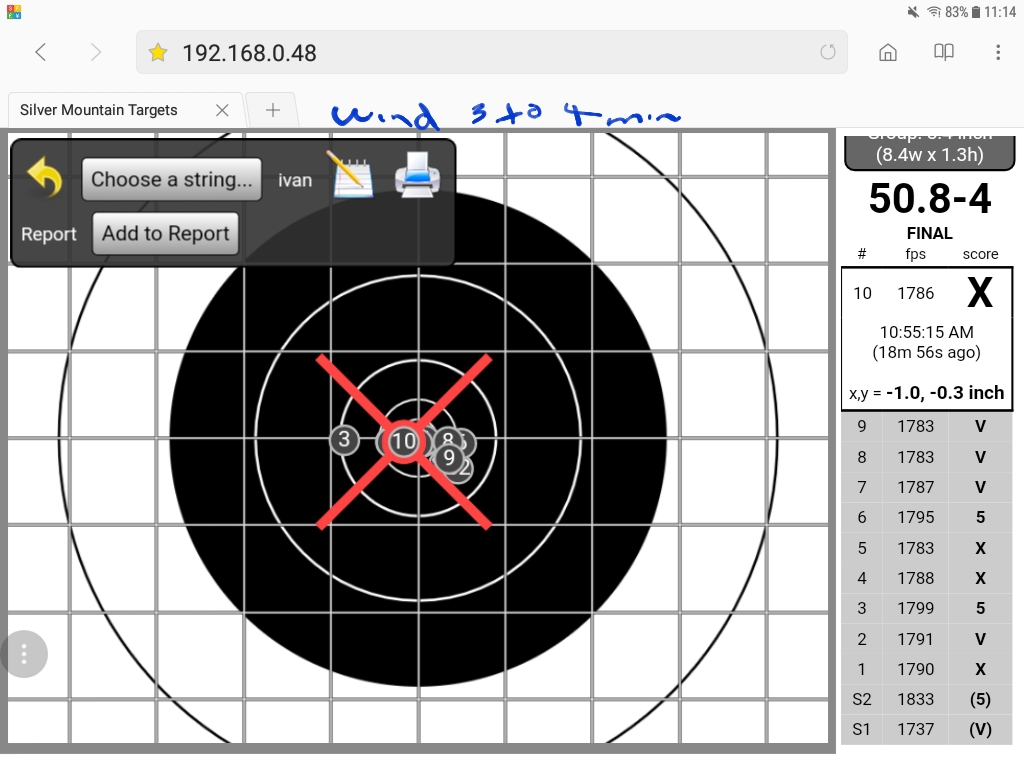
Sample screenshoot from my tablet
-
19-02-2018, 10:35 PM #22Member

- Join Date
- Jun 2014
- Location
- CNI
- Posts
- 5,985
Be good to see some great hunting rifles there on Sunday. Looking forward to it. Fun day with BBQ and beers at the end. Prizes too by gorrah

-
20-02-2018, 09:27 AM #23
-
20-02-2018, 09:36 AM #24
-
20-02-2018, 10:02 AM #25Member

- Join Date
- Jun 2014
- Location
- CNI
- Posts
- 5,985

-
24-02-2018, 09:36 PM #26Banned

- Join Date
- Jan 2017
- Location
- erehwon
- Posts
- 196
Tomorrow morning it's on. Weather looks good as promised. A full prize table thanks to our sponsors. See you in the morning!
-
25-02-2018, 05:38 PM #27Member

- Join Date
- Jul 2012
- Location
- Tauranga
- Posts
- 2,637
Thanks for a great day.
-
25-02-2018, 06:58 PM #28Member

- Join Date
- May 2012
- Location
- Te Puke
- Posts
- 71
Thanks to all the shooters who attended our Hunter Class shoot today the weather gods smiled and we had light winds and sunny skies today.
Some photos from todays shoot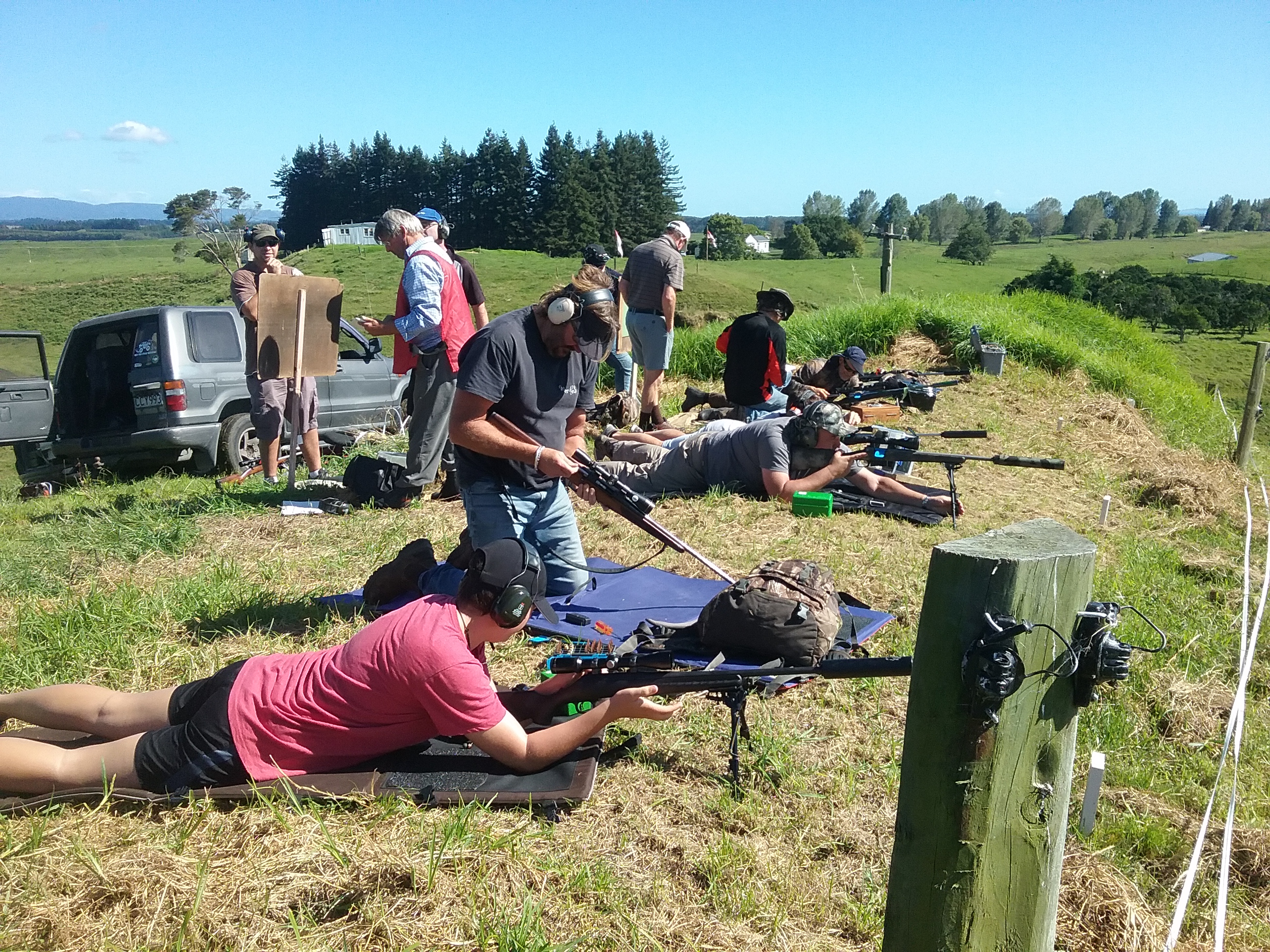
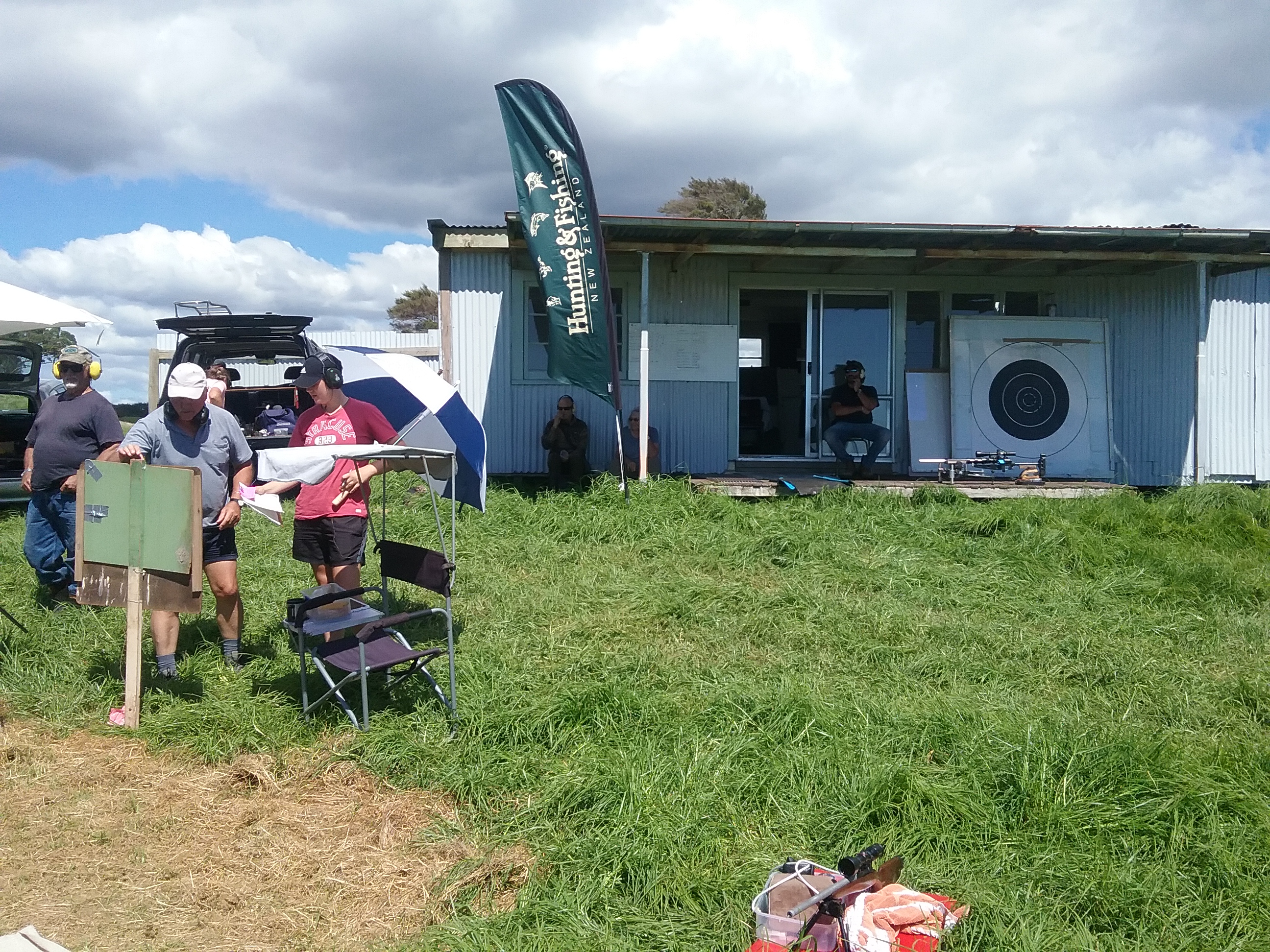
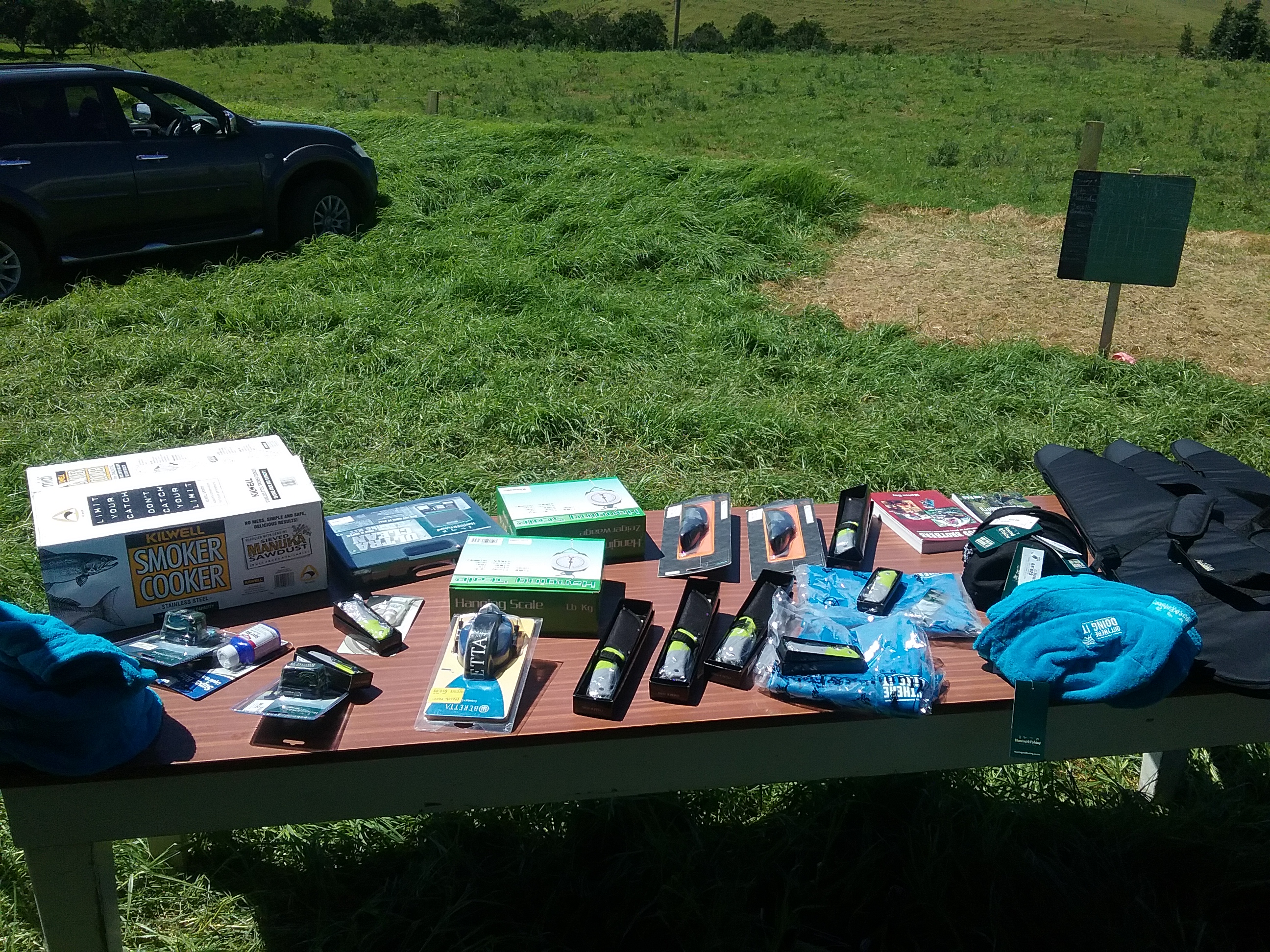
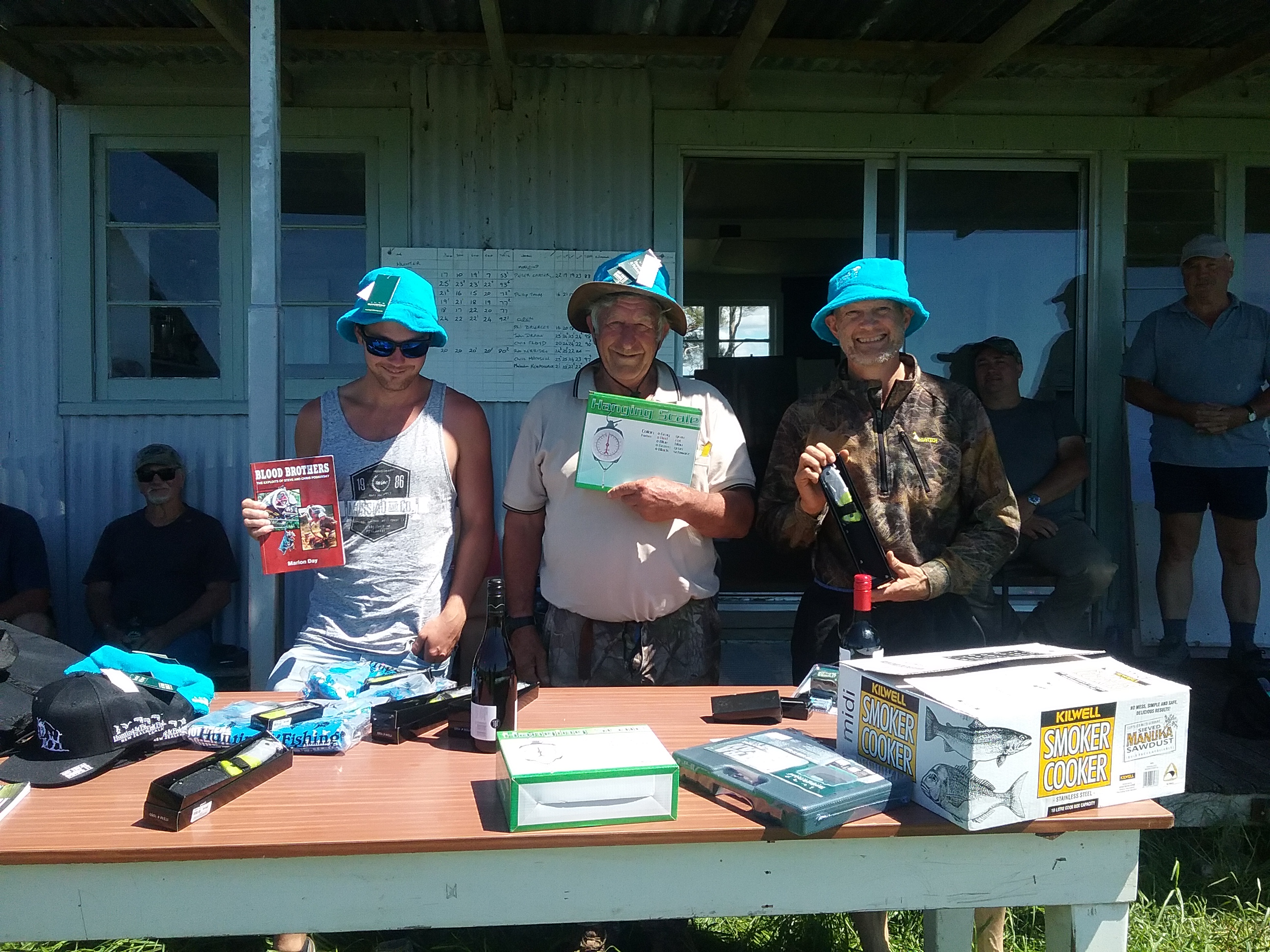
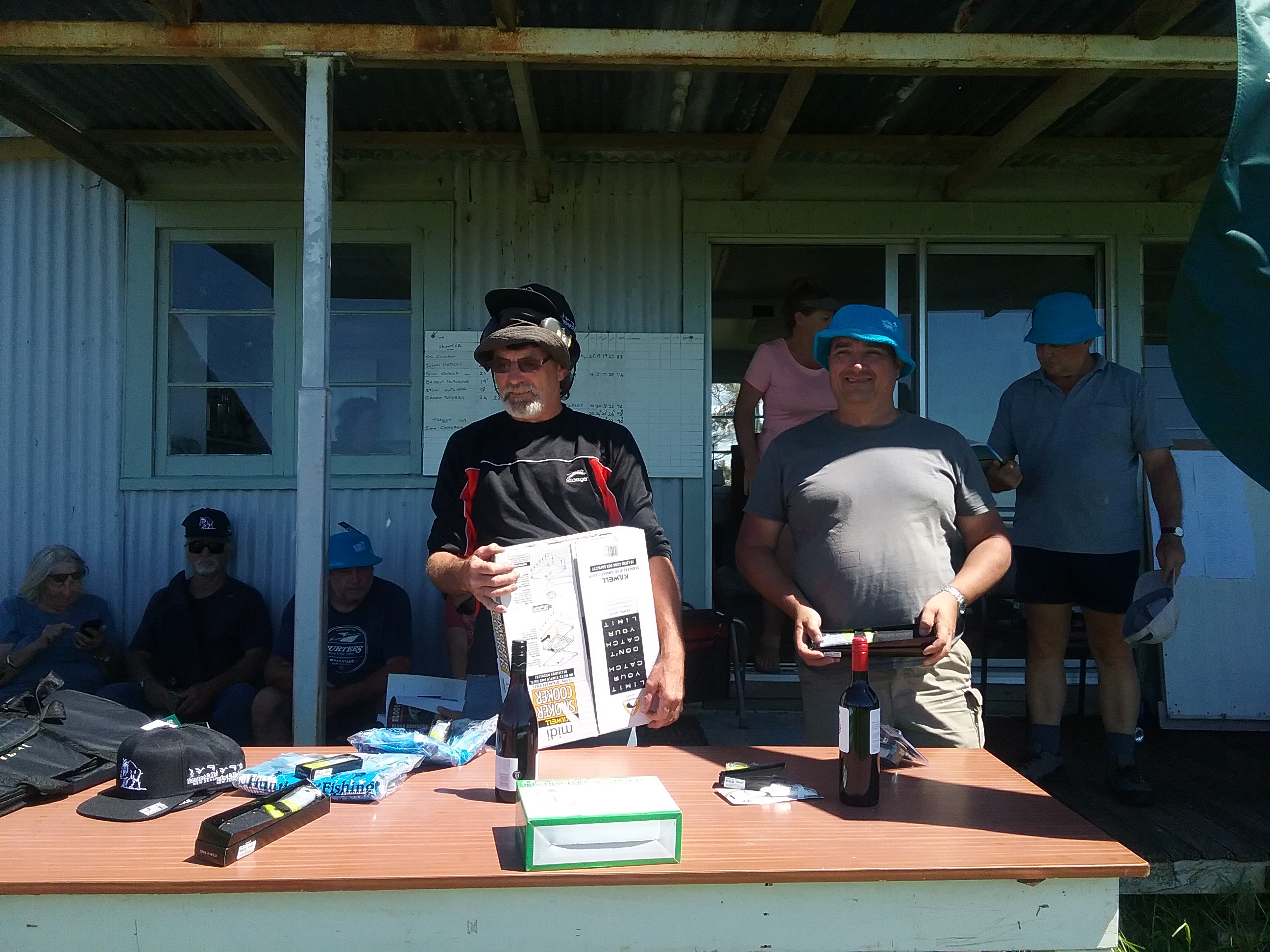
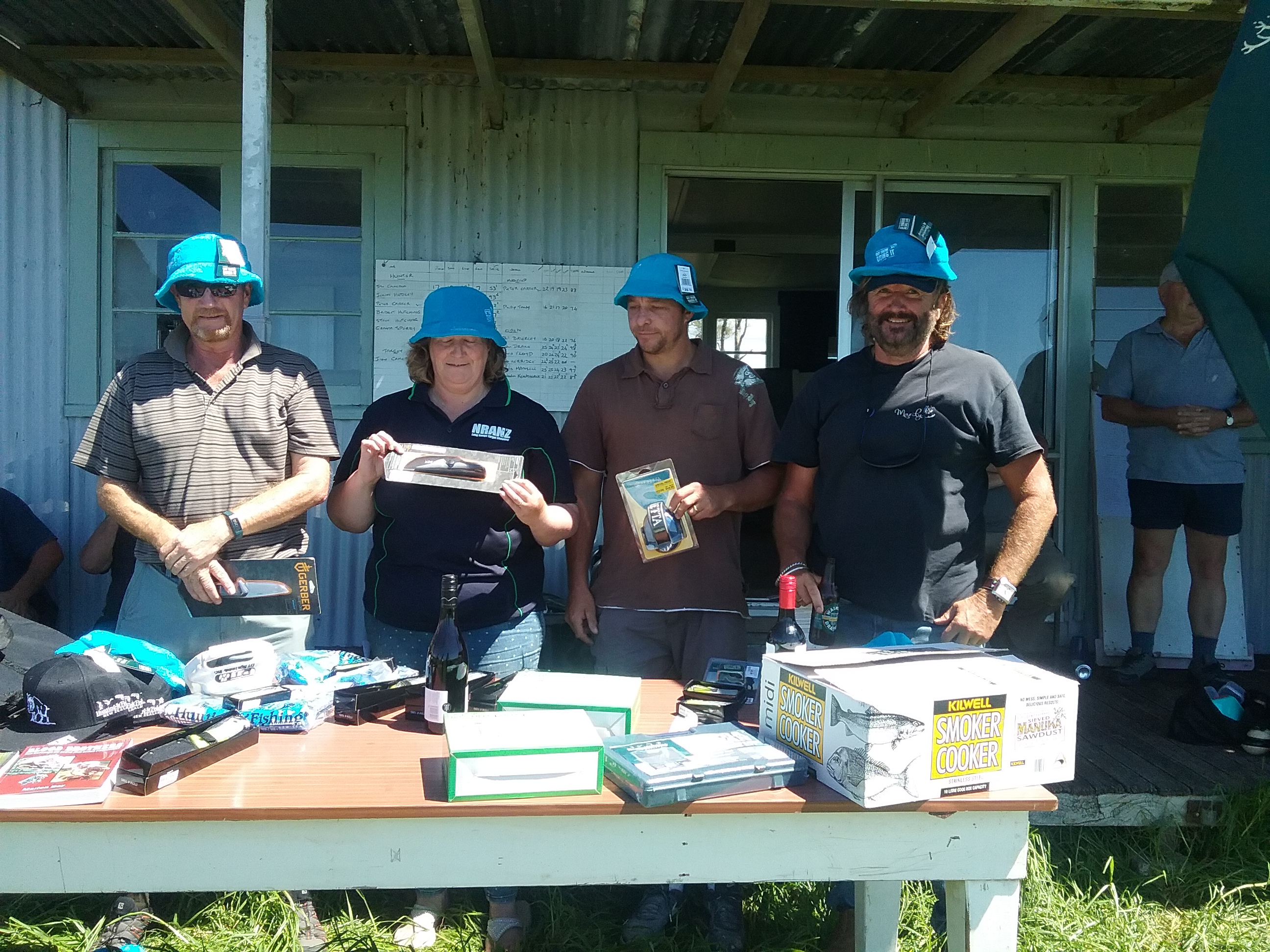
-
25-02-2018, 07:04 PM #29Member

- Join Date
- May 2012
- Location
- Te Puke
- Posts
- 71
More photos
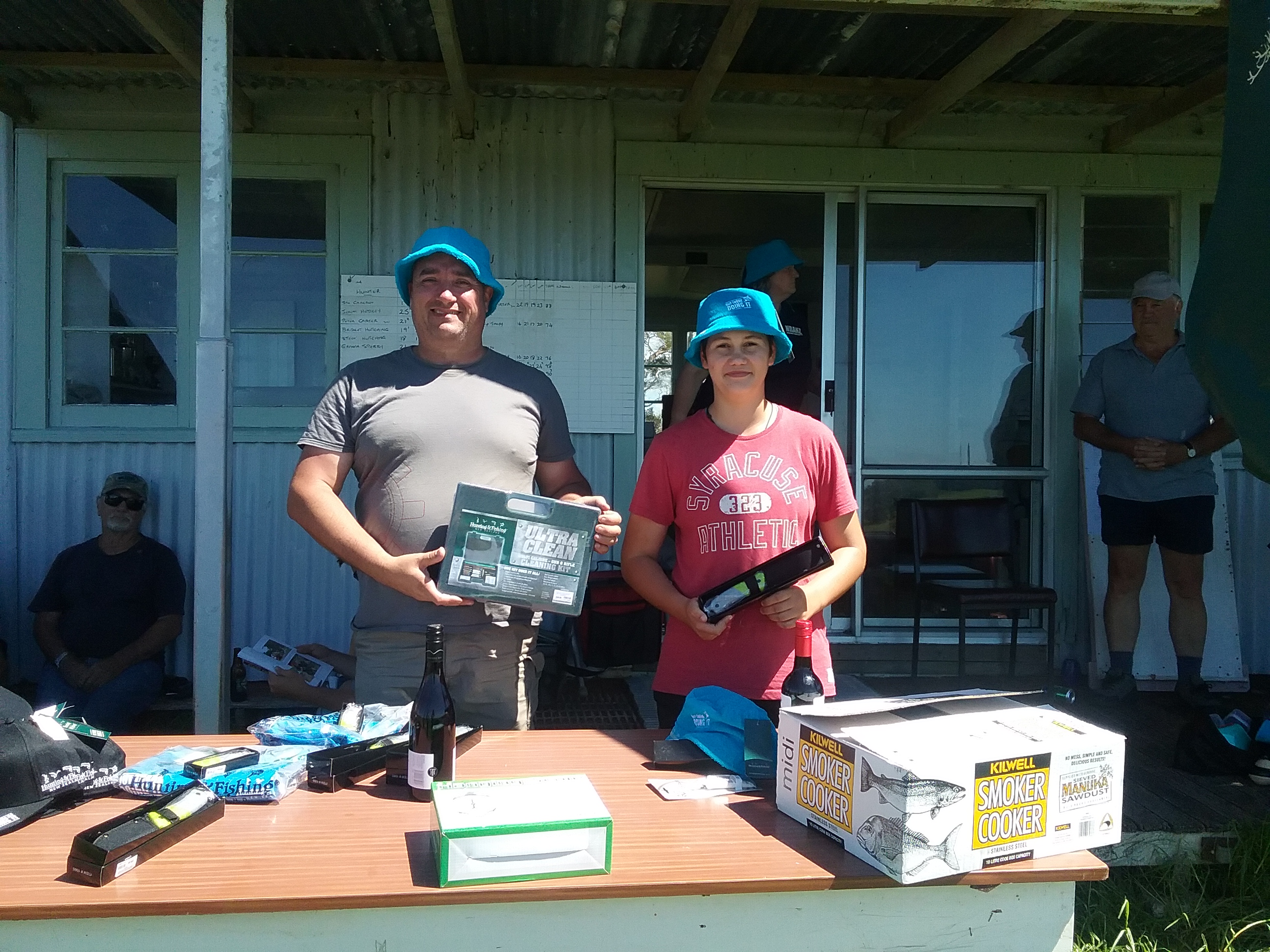
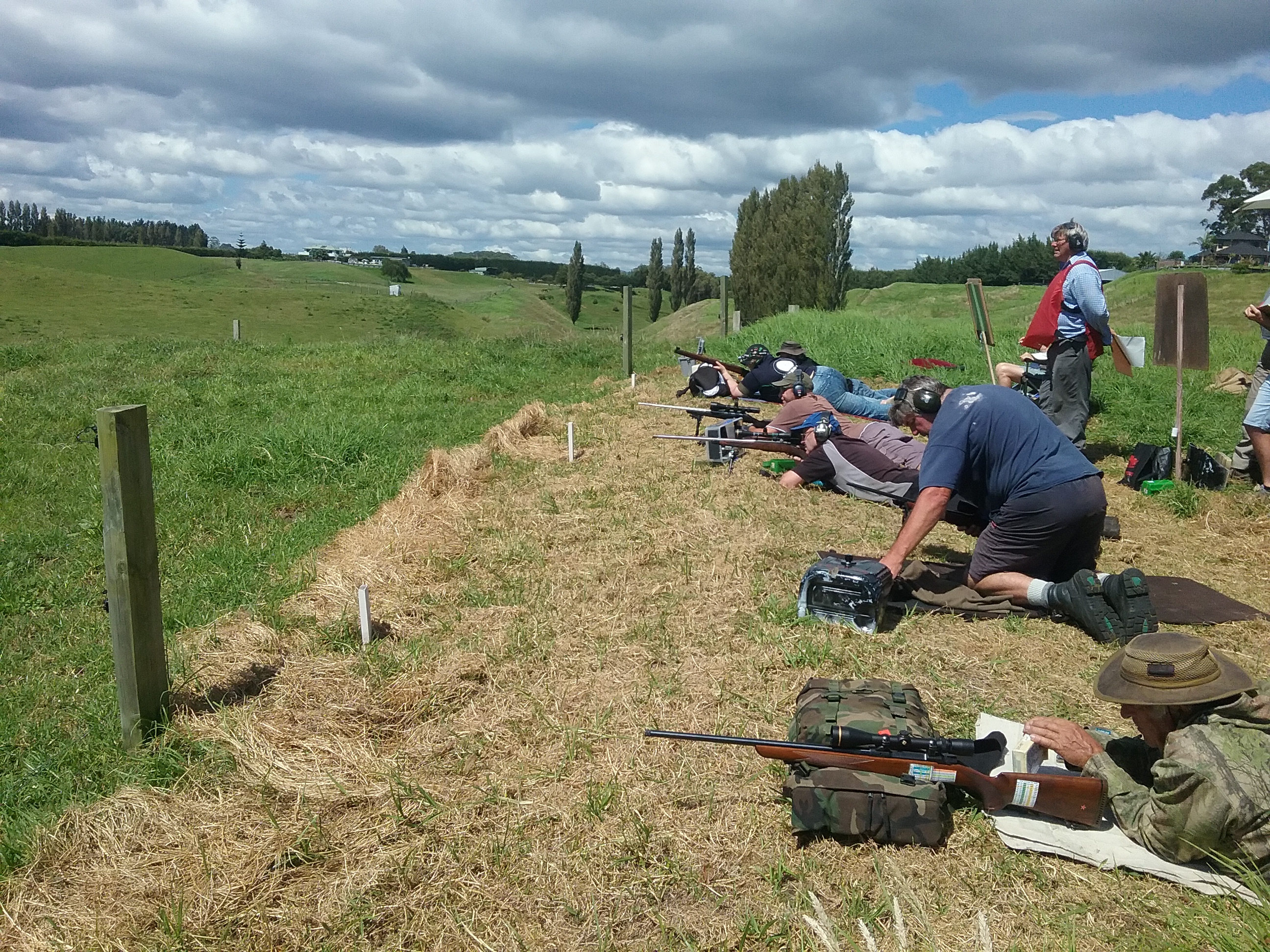
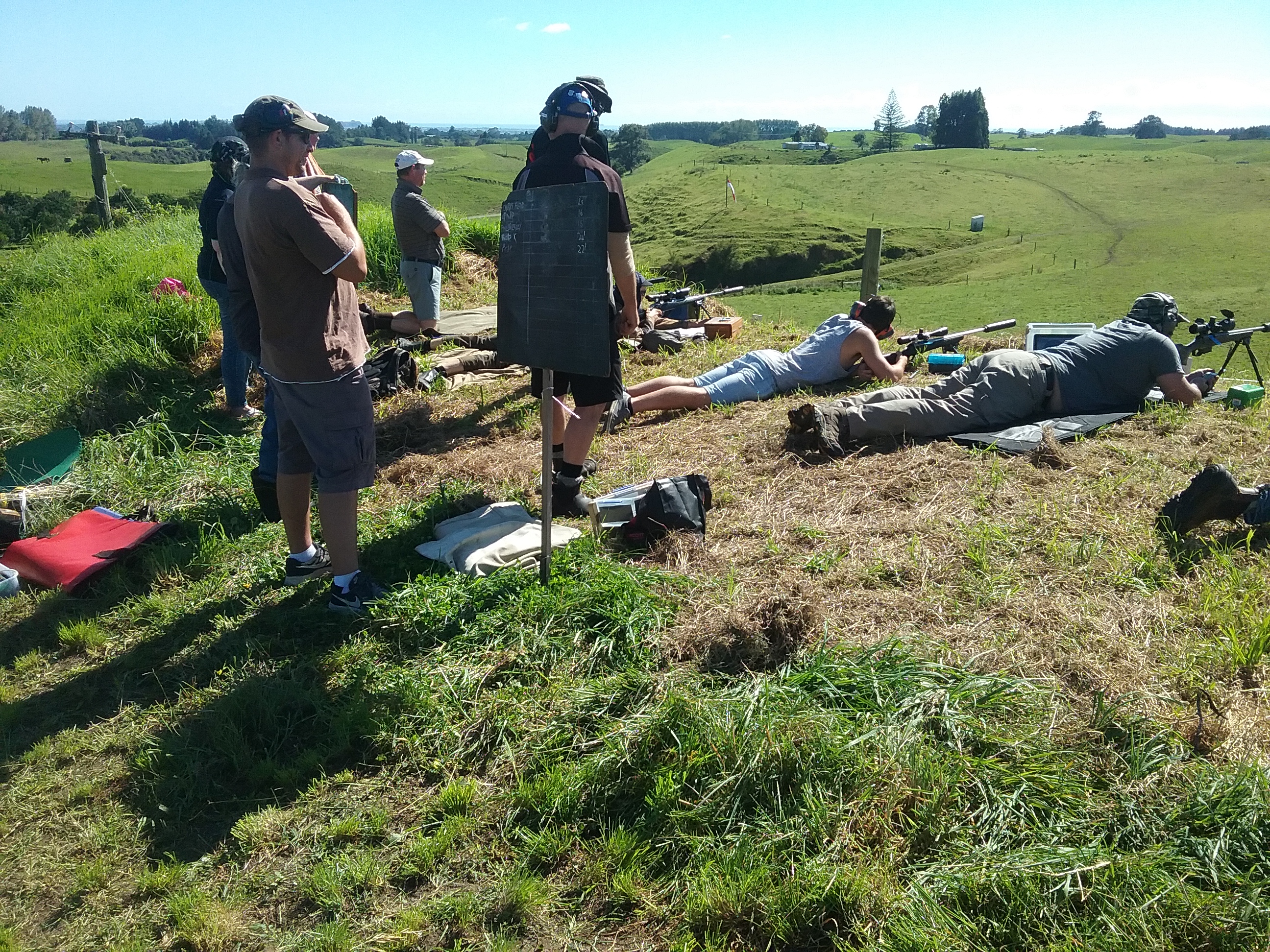
-
25-02-2018, 10:11 PM #30Member

- Join Date
- Mar 2016
- Location
- Waikato
- Posts
- 446
Great day out with some good folk, thanks.
Similar Threads
-
Te Puke Rifle Club
By JWB in forum ClubsReplies: 75Last Post: 12-02-2020, 10:04 AM -
Shoot this coming weekend TePuke rifle club.
By Woody in forum ShootingReplies: 10Last Post: 13-11-2017, 04:03 PM -
IPSC Rifle shoot Cable Bay Pistol Club
By R93 in forum Pistol ShootingReplies: 6Last Post: 06-02-2017, 10:22 PM -
Bruce Rifle Club - Service Rifle Action Shoot 28DEC14
By fernleaf in forum ShootingReplies: 5Last Post: 30-12-2014, 01:01 PM
Tags for this Thread
Welcome to NZ Hunting and Shooting Forums! We see you're new here, or arn't logged in. Create an account, and Login for full access including our FREE BUY and SELL section Register NOW!!





 12Likes
12Likes LinkBack URL
LinkBack URL About LinkBacks
About LinkBacks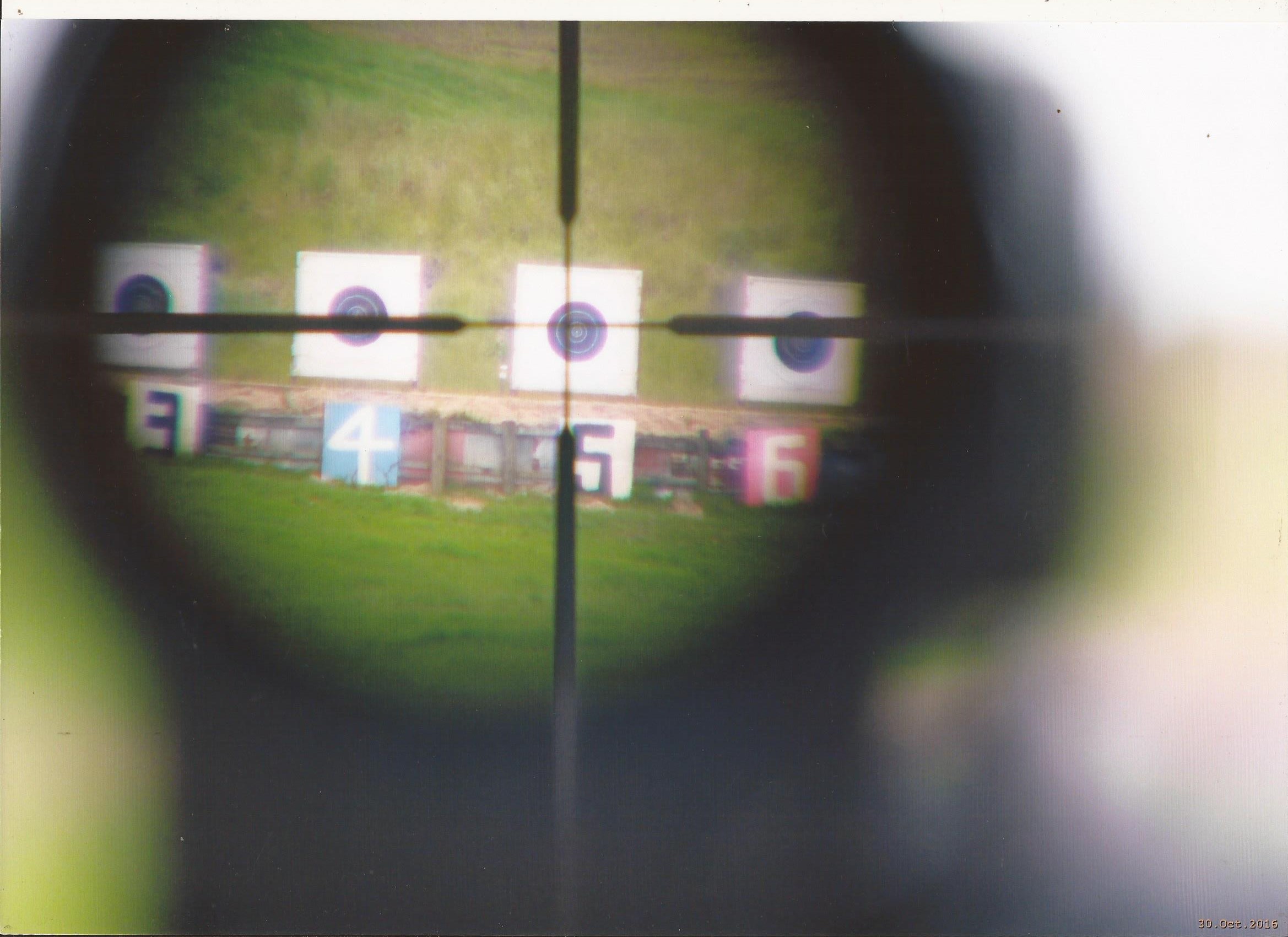
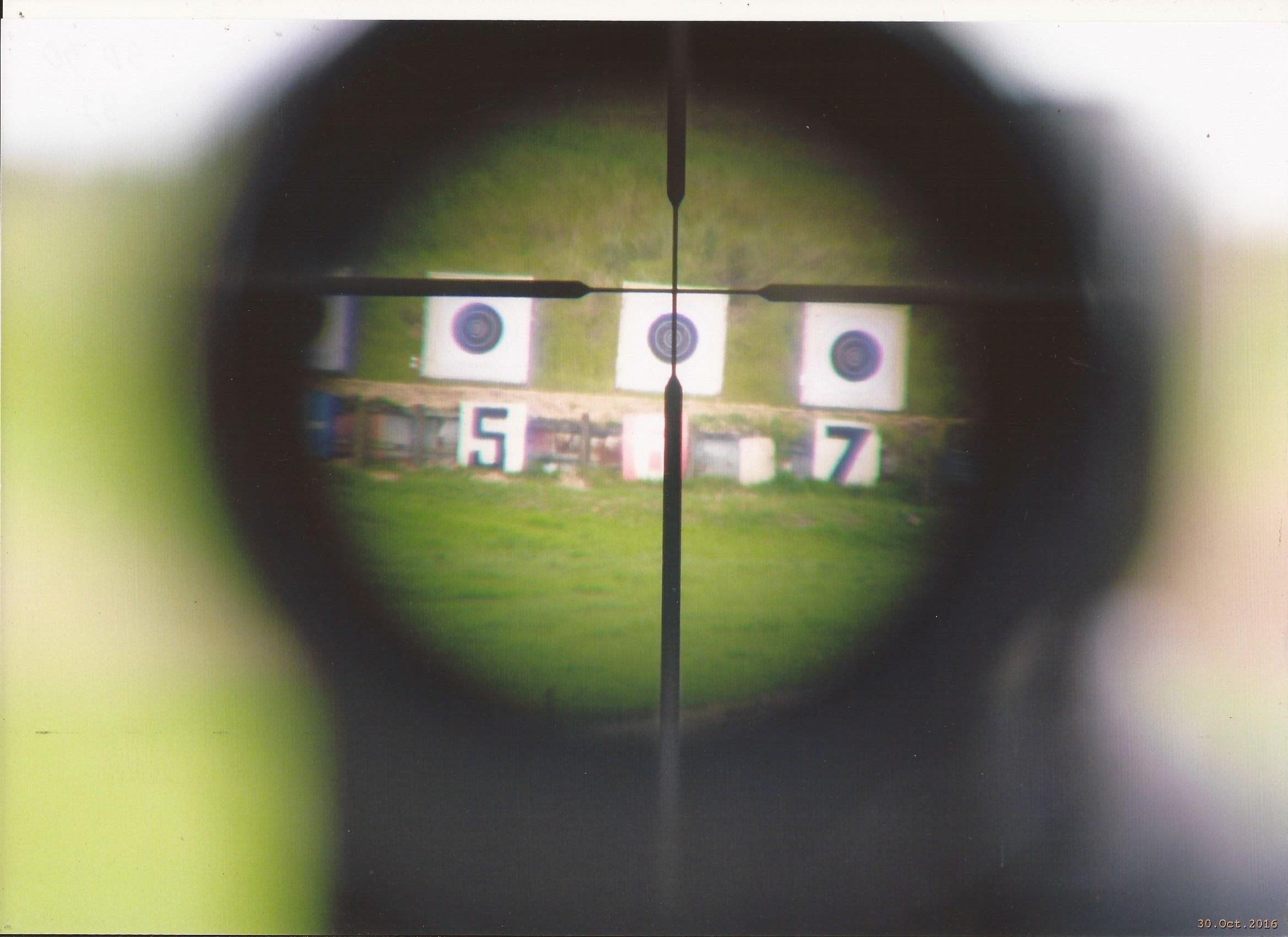




 Reply With Quote
Reply With Quote



Bookmarks